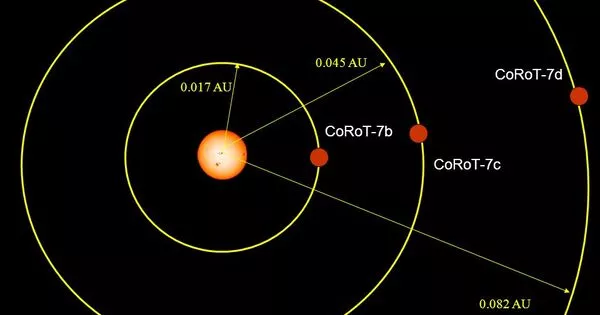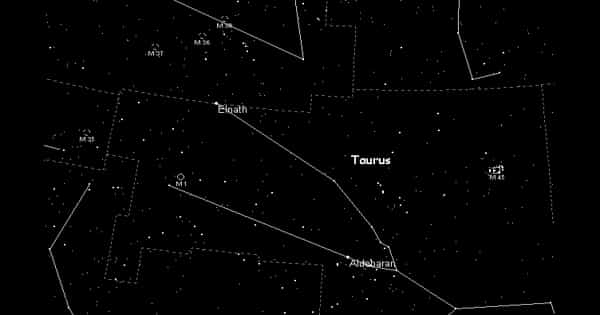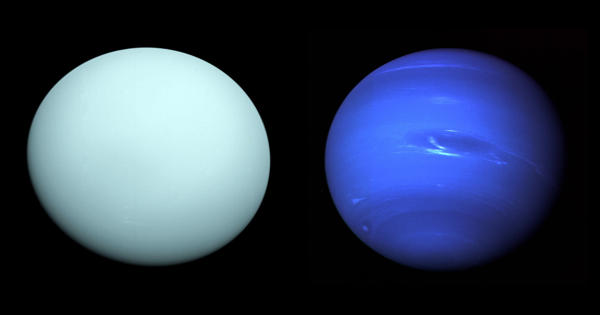CoRoT-7d is an unconfirmed exoplanet that is thought to orbit around CoRoT-7. A. P. Hatzes et al. discovered this exoplanet in 2010 using the radial velocity method. The existence of CoRoT-7d has been called into question; the radial velocity signal is more likely to be an artifact of stellar rotation.
COROT-7d has a mass that is roughly 16.8 times that of Earth. Its size is unknown. An orbit around its host star takes approximately 9.021 days. It is located in the constellation Monoceros, approximately 520 light-years from Earth.
CoRoT-7d’s mass, if it exists, would be 0.052 times that of Jupiter, but its volume and diameter are unknown. One year on CoRoT-7d is equivalent to 9.021 days on Earth. Because of its close proximity to its star, the exoplanet cannot be seen with a telescope; only its gravitational effect can be detected by the Doppler effect on its electromagnetic spectrum (radial velocity method).

COROT-7 is a G-type main-sequence star located 489 light-years from Earth in the Monoceros constellation. Voyager-1, which travels at an astounding 62,140 km/h, will take approximately 8.5 million years to reach there. COROT-7 is smaller and less massive than the Sun. It has a surface temperature of about 5,000 degrees Celsius and is estimated to be 1.8 billion years old, which is less than half the age of the Sun. Because it is a young star, its metallicity is ten times greater than that of the Sun.
An exoplanet orbiting this star was discovered in 2009 using the CoRoT Space Telescope, which stands for Convection, Rotation, and Planetary Transits. As a tribute to the telescope, the planet was named COROT-7b and the star COROT-7. Following that, COROT-7c was discovered using HARPS from Chile’s La Silla Observatory. There is a strong possibility that COROT-7d exists, but its existence has yet to be confirmed.
















